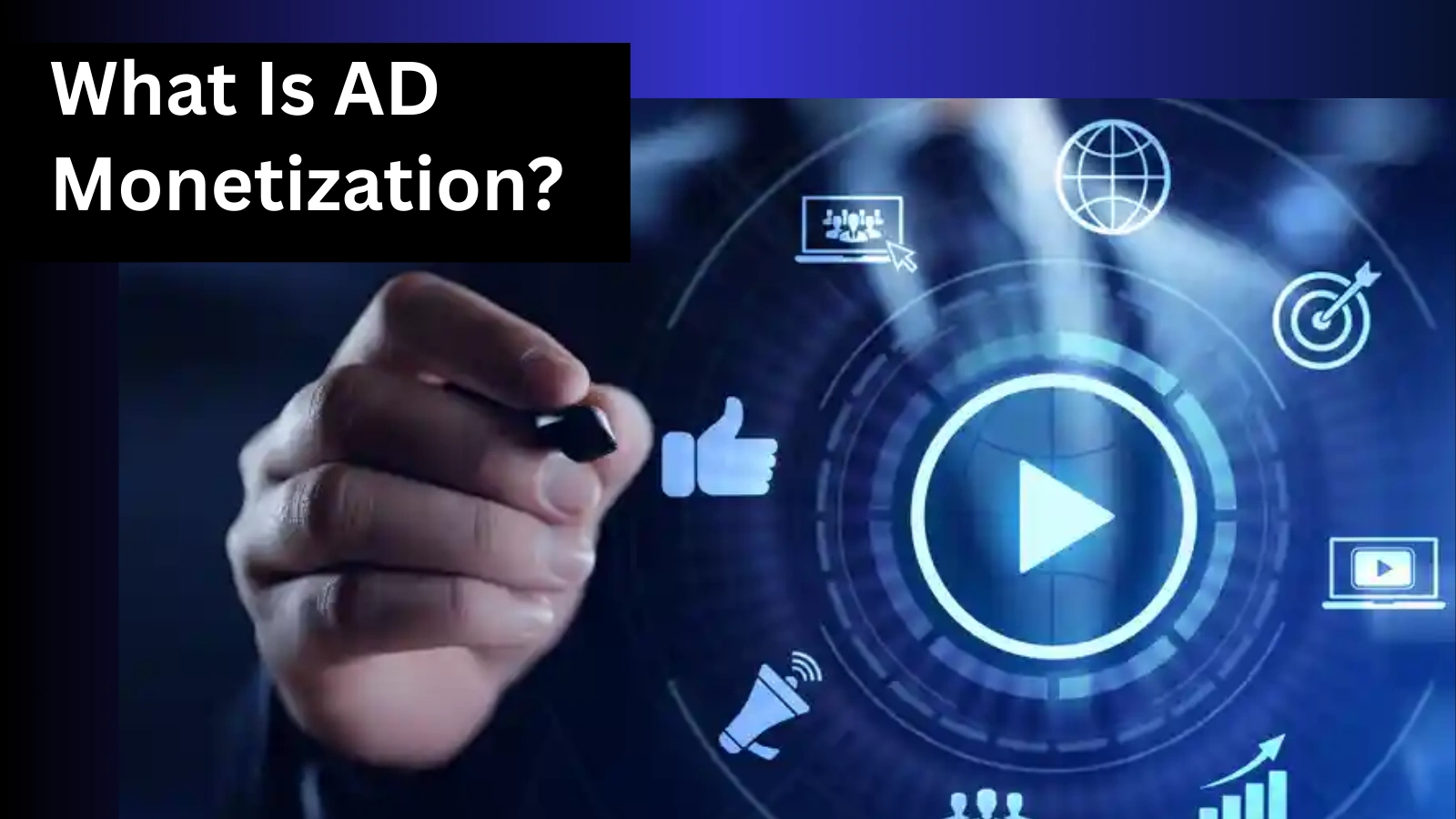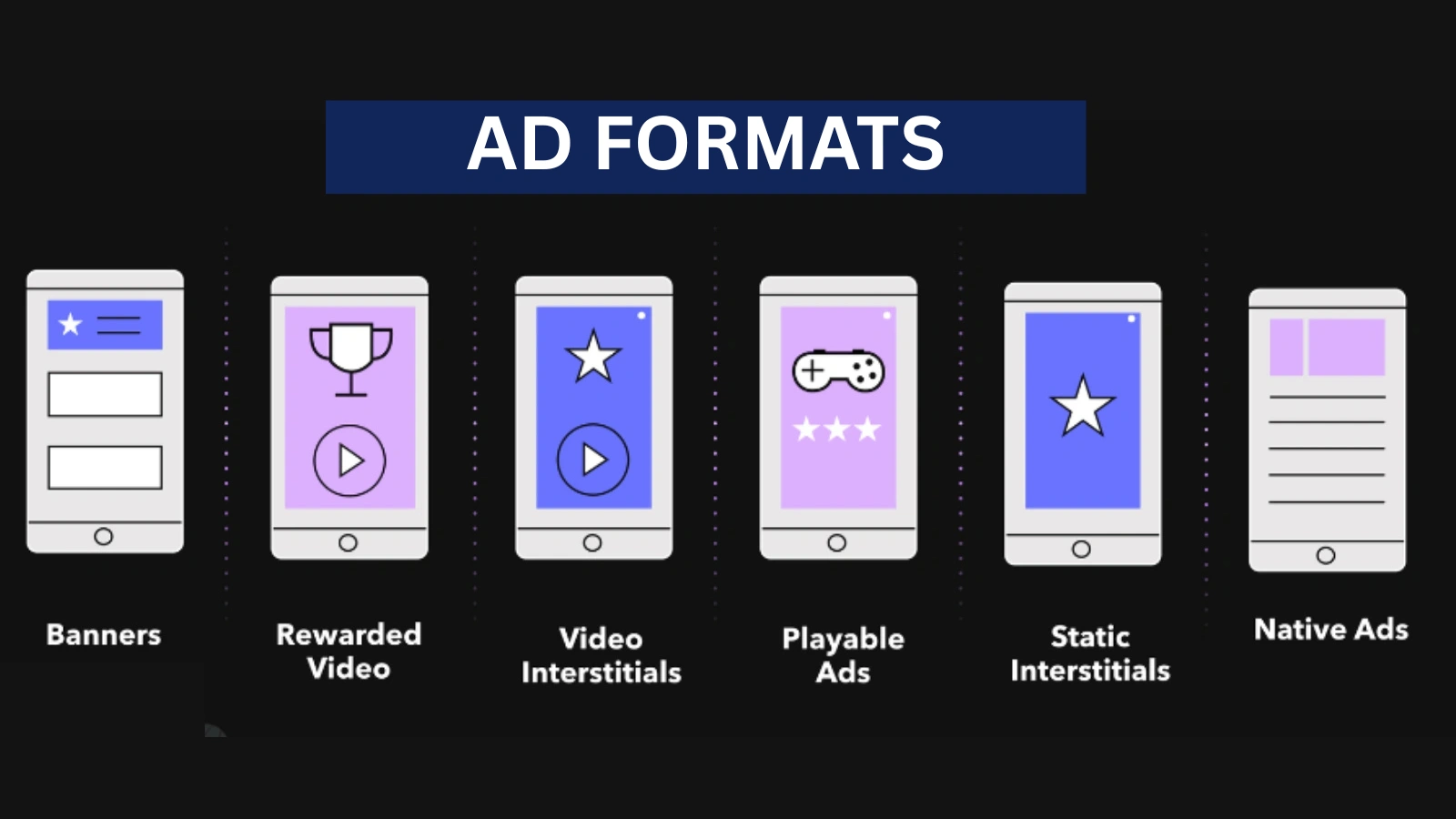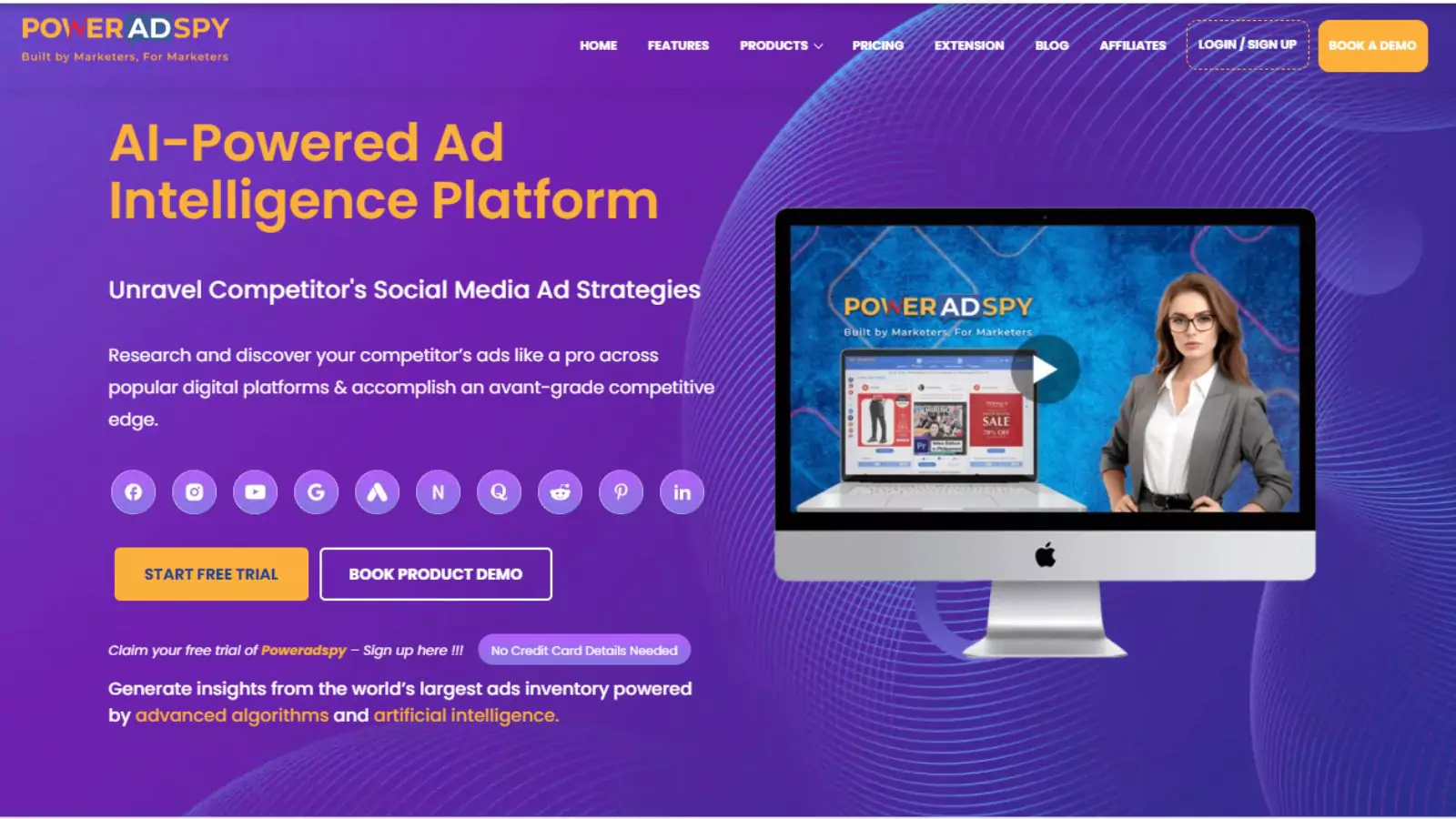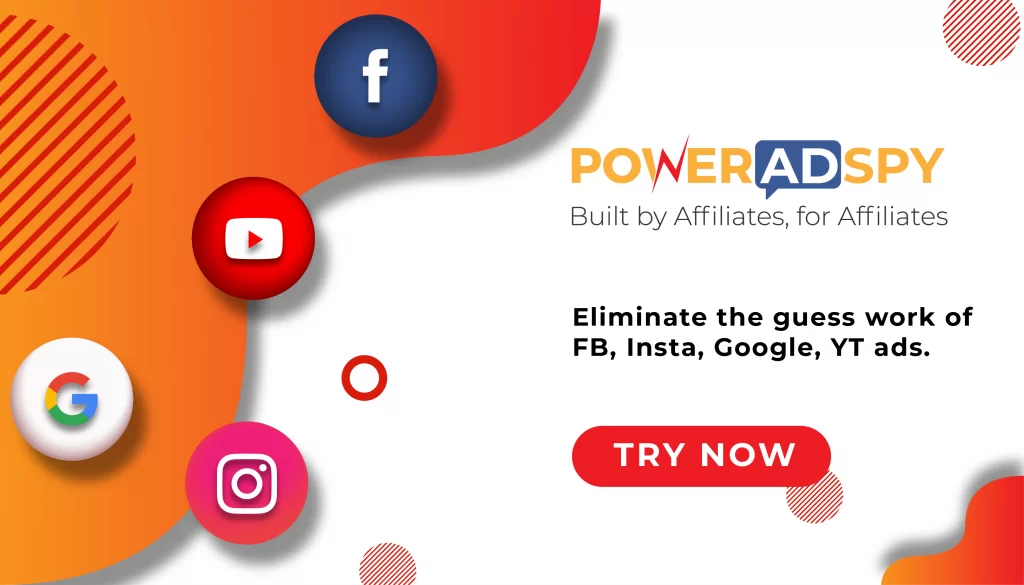How To Create An Ad Monetization Strategy?
You are scrolling your phone and using other apps only just for watching reels and scrolling, and passing time, or checking updates. Have you ever observed why on your phone some of the ads pop up and come between your videos or reels or in between some YouTube videos, or in some apps? Let me tell you about Ad monetization
Ad monetization—a marketing strategy that attracts you to watch their ads, which come between your phone apps & websites. But what exactly makes in-app ads so effective? Why are companies, big and small, investing in this strategy?
This blog advertisement will walk you through the ins and outs of how to create an ad monetization strategy—what it is, how it works, the advantages of ad monetization, and how you can leverage it for your brand’s success. Whether you are just dipping your toes in digital marketing or have been in the game for years, mastering mobile ad monetization is non-negotiable.
Let us begin!
Listen To The Podcast Now!
What Is AD Monetization?
 Before digging deeper into the topic, let’s start with the basics and cover the ad monetization meaning. Ad monetization is the process through which digital content creators, website owners, mobile app developers, and online publishers generate revenue by incorporating advertisements into their platforms.
Before digging deeper into the topic, let’s start with the basics and cover the ad monetization meaning. Ad monetization is the process through which digital content creators, website owners, mobile app developers, and online publishers generate revenue by incorporating advertisements into their platforms.
This process involves partnering with ad networks or other demand-side platforms to serve targeted ads to users who interact with the content. Ad monetization leverages user engagement and traffic by displaying various types of ads, such as banner ads, interstitial ads, video ads, and native ads, which blend seamlessly with the content.
If you want to explore more content ads, you can check out PowerAdSpy and learn various ad strategies.
Playable ads, on the other hand, allow users to interact directly with the content. These formats are becoming increasingly essential for advertisers aiming to engage users effectively. Below is the solution for how ad monetization works.
How Does Ad Monetization Work?
Ad monetization works by showing ads along with digital content, like videos, websites, or apps. When someone views or clicks on the ads, the content owner earns money. The more people see the ads. The person or the owner who posted the ads can earn. It is a way to earn income or generate revenue by sharing ads or content for advertisements.
Some keys we will see:
Publishers:
Owners of digital platforms such as websites, blogs, and apps, where ads are displayed. They earn revenue by allowing advertisers to place ads on their platform.
Advertisers:
Businesses, individuals, or organizations that pay to display ads to the target audience. Their goal is to promote products, services, or brand awareness by placing ads on platforms owned by publishers.
Ad Networks:
Their role was like a middleman between advertisers and publishers. It aggregates ad inventory from multiple publishers and matches it with demand from advertisers.
Supply-Side Platforms (SSPs):
It is an ad monetization platform used by publishers to automate the selling of their ad inventory to advertisers, typically through real-time bidding (RTB ).
Demand-Side Platforms (DSPs):
It is an ad monetization technology platform that allows advertisers (or agencies ) to buy digital ad inventory across multiple publishers, ad exchanges, and SSPs in real time.
Users:
The audience that consumes, watches, or interacts with the ads.
Integration:
Publishers integrate an ad network or SSP’s software development kit into their app. It is used for AdMob, Facebook Audience Network, etc.
Ad Matching:
The user visits a page or app. A request is sent to the ad server or ad exchange to fetch an ad.
User Interaction:
Helps algorithms learn which ads are more relevant to which users. Tools to track user interaction are Google Analytics and ad server logs.
Revenue Generation:
In ad monetization, revenue generation refers to how publishers earn money by displaying ads to users on their digital properties (websites, apps, or videos ) in mobile ad monetization. This revenue is paid by advertisers, either directly or through intermediaries like ad networks, SSPs, and ad exchanges.
Here, we saw how it works.
Now we begin.
Advantages Of Ad Monetization
Ad monetization offers several advantages, especially for digital platforms, apps, and content creators. Here are the key benefits.
Passive Income Generation:
It monetizes existing traffic with minimum ongoing efforts and earns revenue from that without selling products or services.
Scalability:
It depends on the audience size, and engagement can grow revenue, and more visitors and more impressions, clicks, and potential earnings can help you grow revenue.
Multiple Revenue Streams:
Combining different ad types can help you to display video, native, and affiliate ads to generate revenue, and you can also use multiple networks like AdSense, AdMob, etc. To diversify income.
Flexible Ad Formats:
In this, you can choose from banners, native ads, rewarded videos, and many more, and tailor formats to fit your user experience.
Content-Driven Monetization:
Focuses on creating quality content while ads do the monetizing, and it is great for content creators, bloggers, app developers, and media sites.
As we saw the advantage, we will get back to some knowledge about ad monetization.
The revenue generated through ad monetization depends on several factors. Including the number of users, their geographical location, the time they spend on the platform, and how they interact with the ads.
Common monetization models include cost per mille (CPM), where publishers are paid for every 1000 impressions; cost per click (CPC), where they earn money each time a user clicks an ad; and cost per action (CPA), where payment is received when a user completes a specific action, like signing up or making a purchase.
Ad monetization is a key strategy in the digital economy, enabling creators and businesses to offer free or freemium content while sustaining their operations and generating profit through ad revenue. It plays a vital role in the financial ecosystem of the internet by balancing content accessibility with business sustainability.
Also Read:
7 Best Native Ads Platforms You Must Not Miss!
In App Advertising: Your Complete Guide To In App Ads
How Expert Blog Advertising Can Skyrocket Your Traffic?
Top 3 Ad Monetization Platforms
Here, first, we will see what ad monetization platforms mean.
An ad monetization platform is a service that helps publishers (like app developers, website owners, or content creators) earn revenue by displaying ads to their users. These platforms connect publishers with advertisers and optimize ad delivery to maximize earnings.
Google ADMOB
It is best for mobile apps (iOS & Android), and it has some strengths. Backed by Google’s vast ad inventory, advanced mediation and bidding features, and seamless integration with Firebase for analytics. Ad formats on banner, interstitial, rewarded video, native ads, etc.
AppLovin (MAX Mediation)
It is best for mobile games and apps and has some strengths: first, a powerful real-time bidding engine; second, it works well with other networks like Meta, Unity, and AdMob; and third, it has deep user-level reporting and segmentations.
Some ad formats are rewarded video, interstitial, banner, native, etc.
IronSource
It is best for mobile apps and games, especially for monetization-focused developers. Some strengths are strong mediation and bidding technology, excellent tools for ad monetization and user acquisition, and being owned by Unity Apps. Also, Ad formats are rewarded video, interstitial, offerwall, and banners.
What Are Ad Monetization Strategies?
 Display Ads
Display Ads
Display ads are a form of online advertising where visual-based ads (like banners, images, or videos ) are shown on websites, mobile apps, or social media platforms. These ads are designed to grab the attention of users and promote products, services, or brand awareness. Banners or visual ads are placed on your app or website. Mostly used via platforms like Google AdSense.
Interstitial Ads
It is full-screen ads that appear at natural transition points in an app or website. Unlike banners or native ads, they take over the entire screen and require the users to interact with them (e.g., between game levels or page loads ).
Rewarded Ads
It is a highly effective ad format in ad monetization, especially in mobile apps and games. These ads offer users a reward. Users watch a video ad in exchange for a reward (like in-game currency or premium content ).
Native Ads
In ad monetization, these ads are customized ad units that integrate with content in a natural, non-disruptive way. They often appear as sponsored content blocks. Ads that match the look and feel of your content, blending in seamlessly to offer a better user experience, are called native ads.
Affiliate Marketing
It is a performance-based ad monetization model where publishers (affiliates ) earn a commission by promoting advertisers’ products or services and driving specific actions like clicks, leads, or sales. Promoting products or services and earning a commission when users purchase through your ad links.
These are just a few examples of in-app ad formats, but imagine having a tool that allows you to search ads through keywords and explore across various formats and sizes. Well, you do not have to imagine anymore—we have what you need! An ad intelligence software that fulfills all your needs for making a good marketing strategy. Let’s have a detailed look at this mind-blowing ad intelligence software.
PowerAdSpy: AI-Based Ad Intelligence Software

Introducing PowerAdSpy, an ad spy tool that gives you a competitive advantage in digital marketing. With its extensive database and sophisticated analytics, you can easily track and analyze ads from millions of advertisers worldwide.
PowerAdSpy is the ad intelligence software that equips you with valuable insights into effective strategies, enabling you to optimize your ad placements and elevate your in-app advertising performance. Now, let us dive into its advanced features.
Filter By Ad Format
You can easily search ads across various formats with different sizes, including banners, videos, and images. Additionally, PowerAdSpy lets you segment social ads by placement, such as News Feed or Side Location, enabling you to analyze which positions deliver the highest conversions for your niche.
Complete Visibility
PowerAdSpy offers crystal-clear visibility into ad performance analytics. You can view live ad posts directly from the platform, allowing you to track real-time engagement and audience feedback for each ad.
Data of Millions of Ads from 100+ Countries
With access to millions of ads from over 100 countries, PowerAdSpy provides the fastest-growing ad database in the market. Discover the latest successful ads with just a few clicks, as thousands of fresh ads are updated and added daily.
Narrow Down Your Searches
Find and refine your search using niche keywords and ads in Google search. Also, you can search for advertiser names or your competitors’ domains. PowerAdSpy lets you explore top-performing advertisers and view nearly all winning ads.
Bookmark the Best Ads
You can easily bookmark your favorite ad with a single click and save it to your personalized ad inventory. There is no need to search for it again later—it’s stored and ready for your upcoming campaigns.
Powerful Search Algorithm
PowerAdSpy’s advanced search algorithm helps you find exactly what you seek. Search for popular keywords, phrases, or terms within ads, then sort by date, shares, likes, and comments to quickly identify the top-performing ads for your campaign.
Engagement-Oriented Details
PowerAdSpy delivers engagement-driven insights for social ads. Social interactions are the main indicators of which ads are true winners in your niche, helping you refine your strategy based on real-world results.
Utilize PowerAdSpy and take your in-app advertising to new heights.
Conclusion:
Ad monetization is a powerful strategy for generating revenue from ads from different powerful websites and platforms. From this, content creators and businesses can earn income without any charges applied directly. Audience size, engagement, and placement matter for the success of ad monetization.
When implemented effectively and ethically, monetization can provide a sustainable income stream while maintaining a positive user experience. However, it is essential to balance ad quantity to avoid alienating users and ensure long-term growth.
FAQ:
1. How does ad monetization work?
Ad monetization involves displaying ads to users and earning revenue when those ads are viewed (impressions), clicked, or result in conversions.
Publishers integrate ad code onto their platform, and ad networks then manage the delivery of relevant ads.
2. What are the different ad monetization strategies?
In-app advertising: Displaying ads within the application.
Banner ads: Displaying static or animated ads at the top or bottom of a page.
Affiliate marketing: Promoting other apps or products and earning commissions on purchases or conversions.
Interstitial ads: Displaying full-screen ads that interrupt the user experience.
Rewarded ads: Offering users a reward (like a bonus or virtual currency) for watching an ad.
Native ads: Displaying ads that blend seamlessly with the platform’s content.
3. How can I choose the best monetization platform?
The best platform depends on the type of site, traffic level, and revenue goals.
Factors to consider include the platform’s ease of use, CPM (cost per thousand impressions) rates, and the ability to integrate with your website or app.
4. Can I combine different monetization strategies?
Yes, combining multiple strategies can significantly increase revenue.
For example, using display ads (CPM) for impressions while also implementing native ads and affiliate marketing for engagement and conversions.






